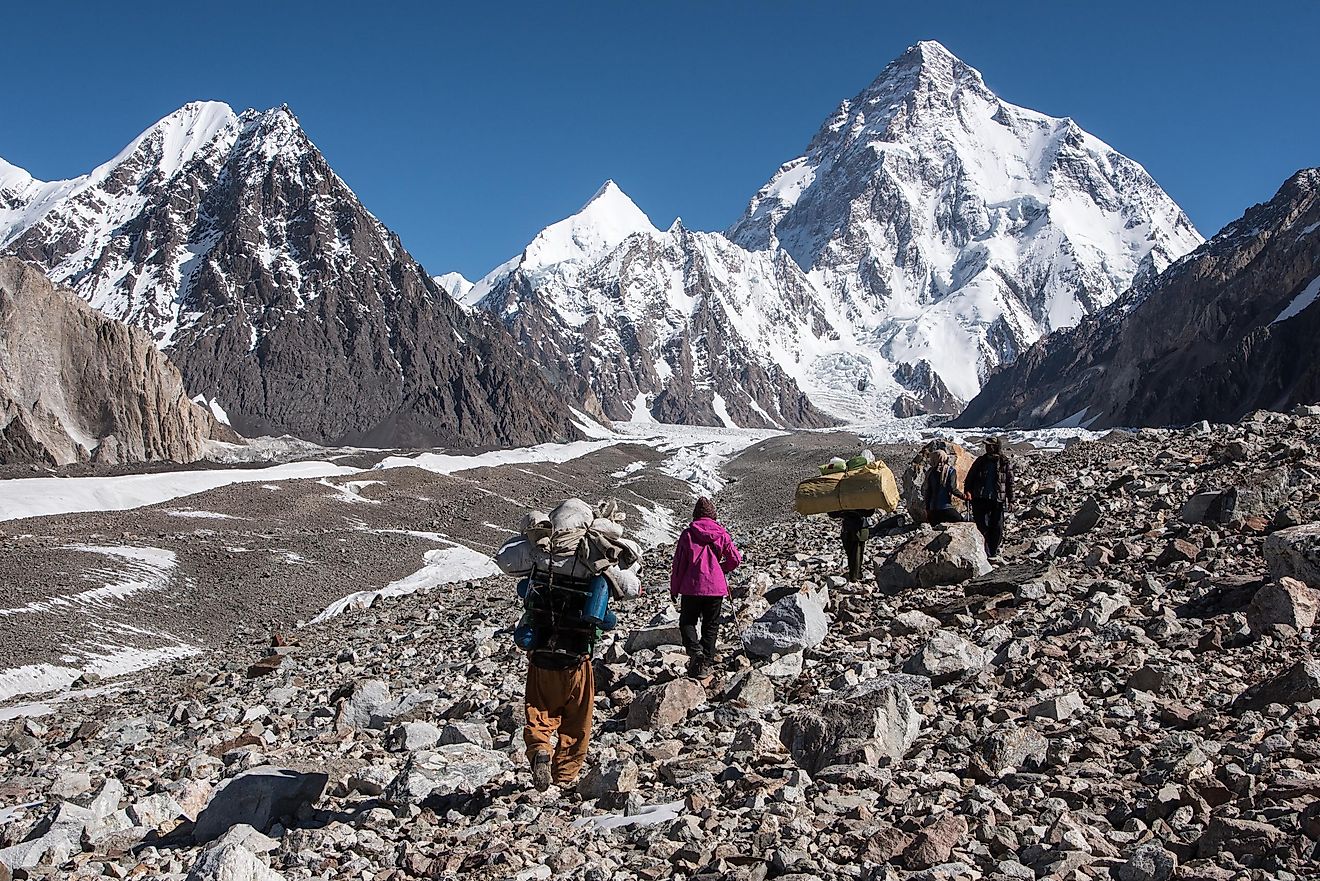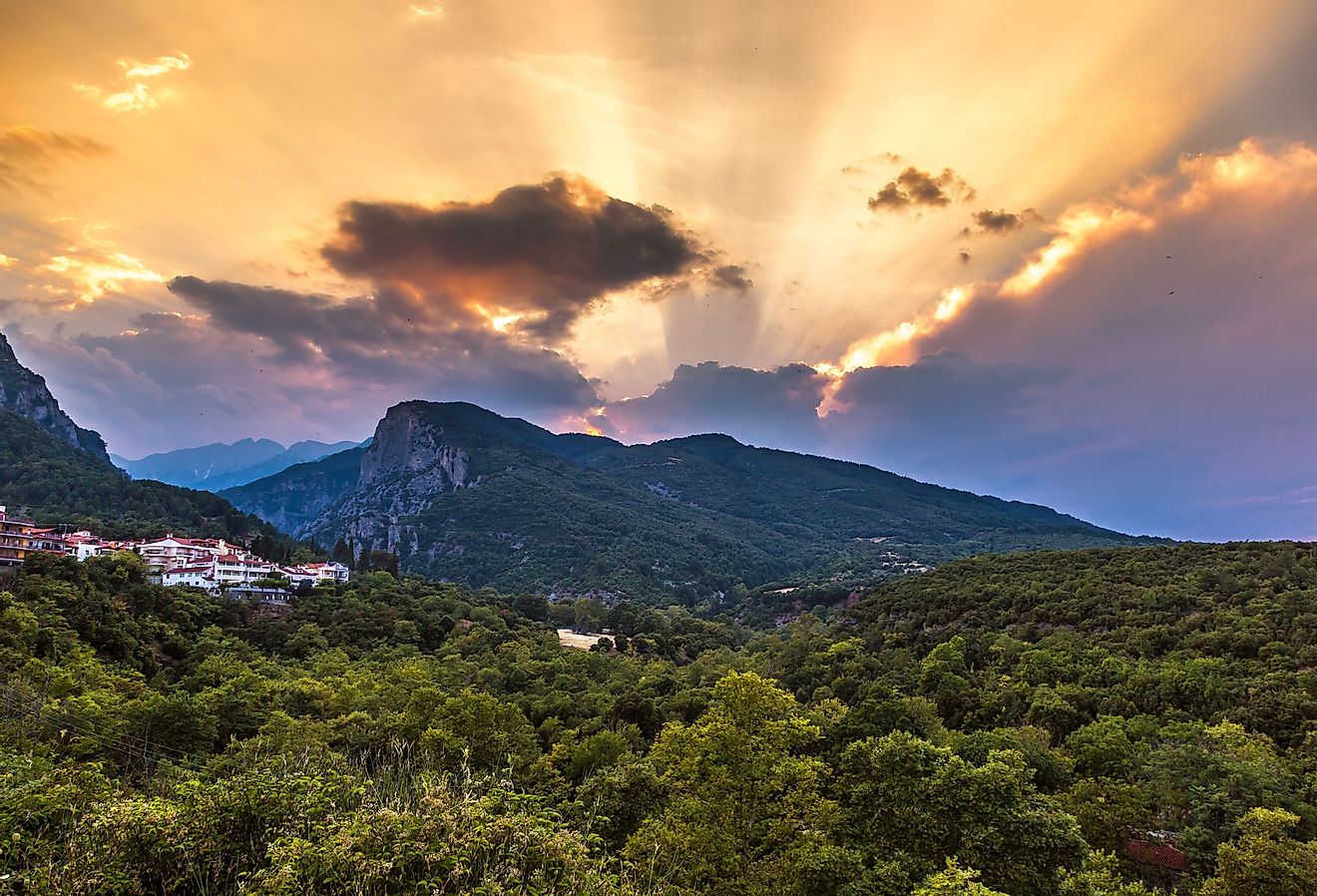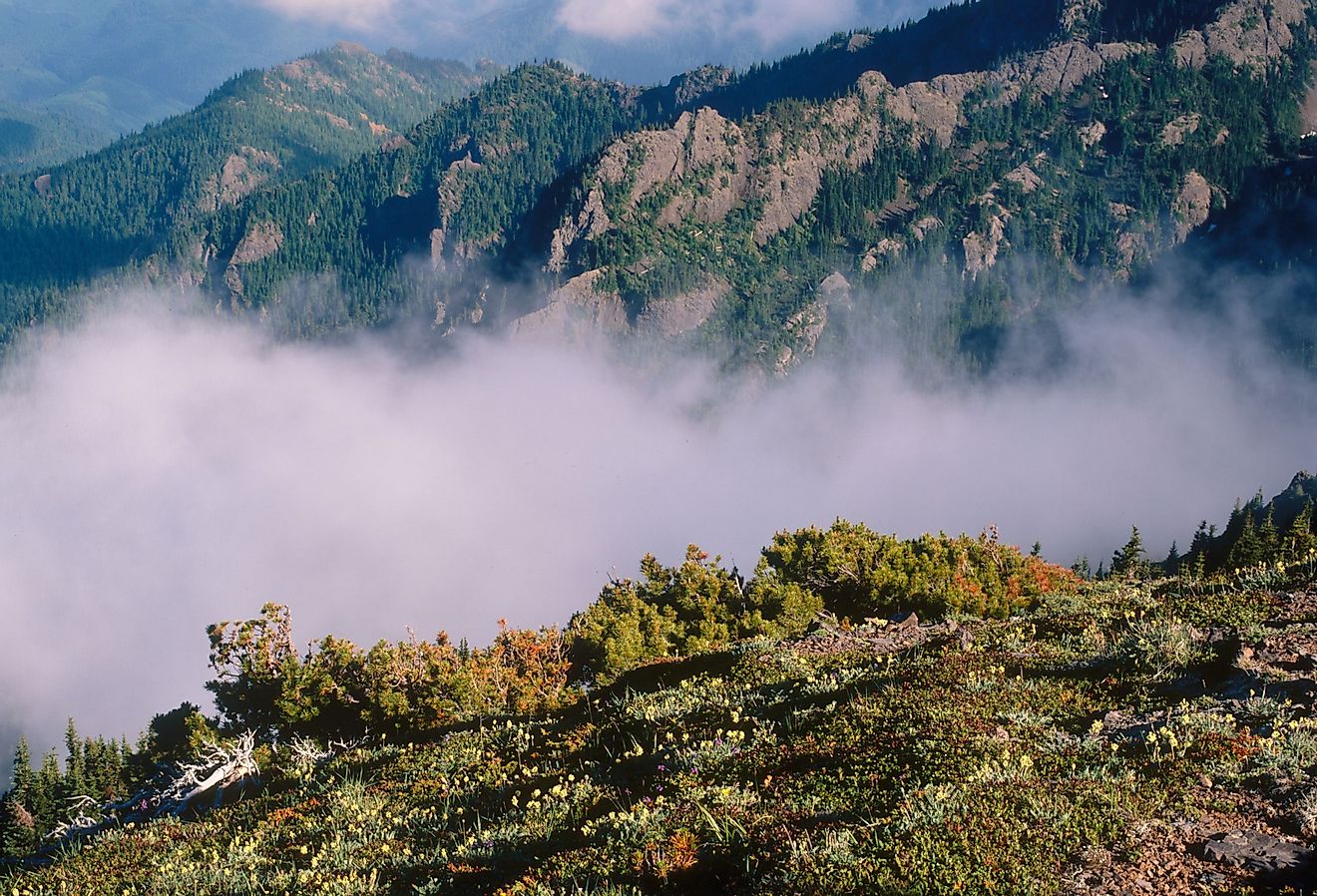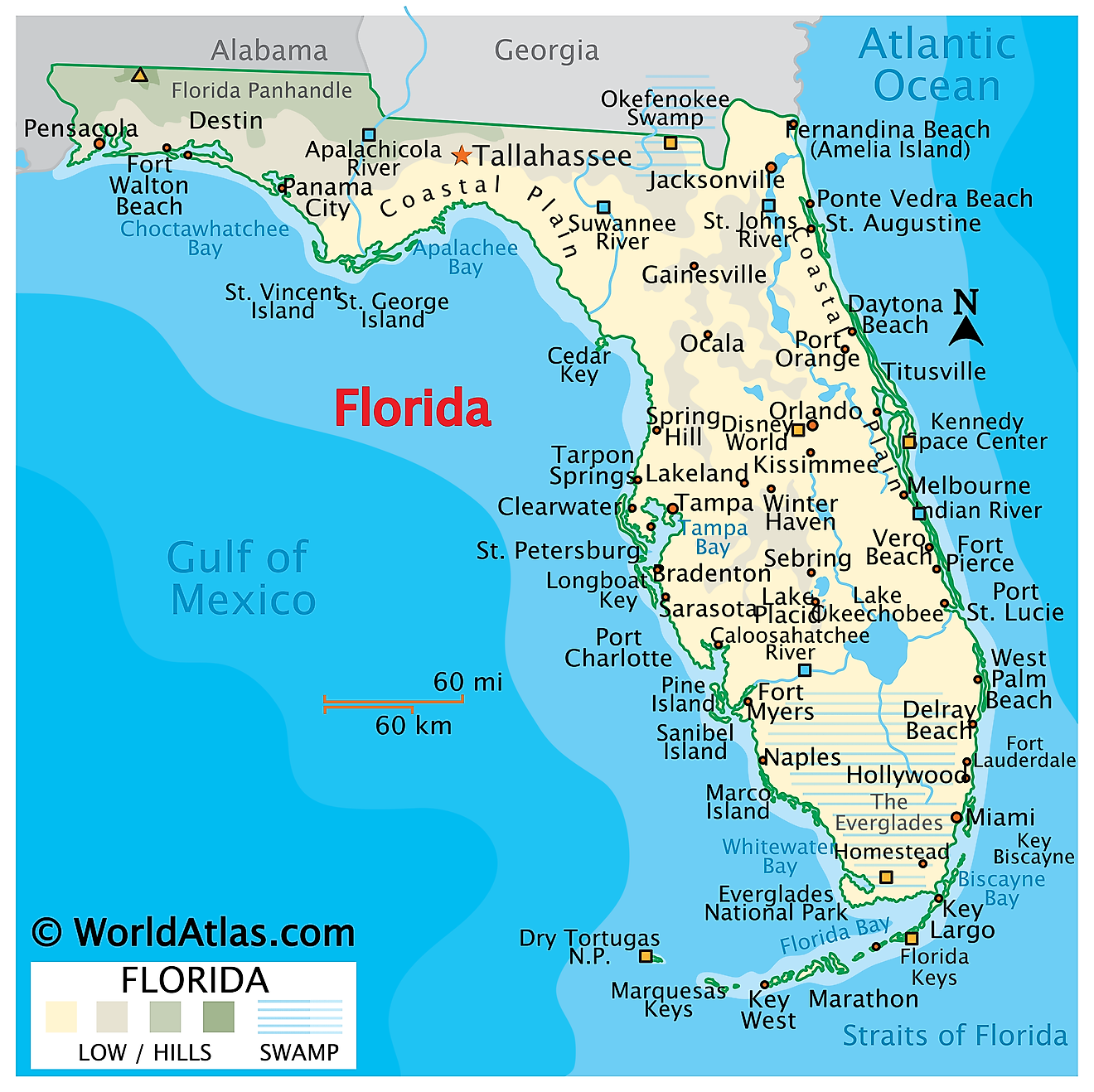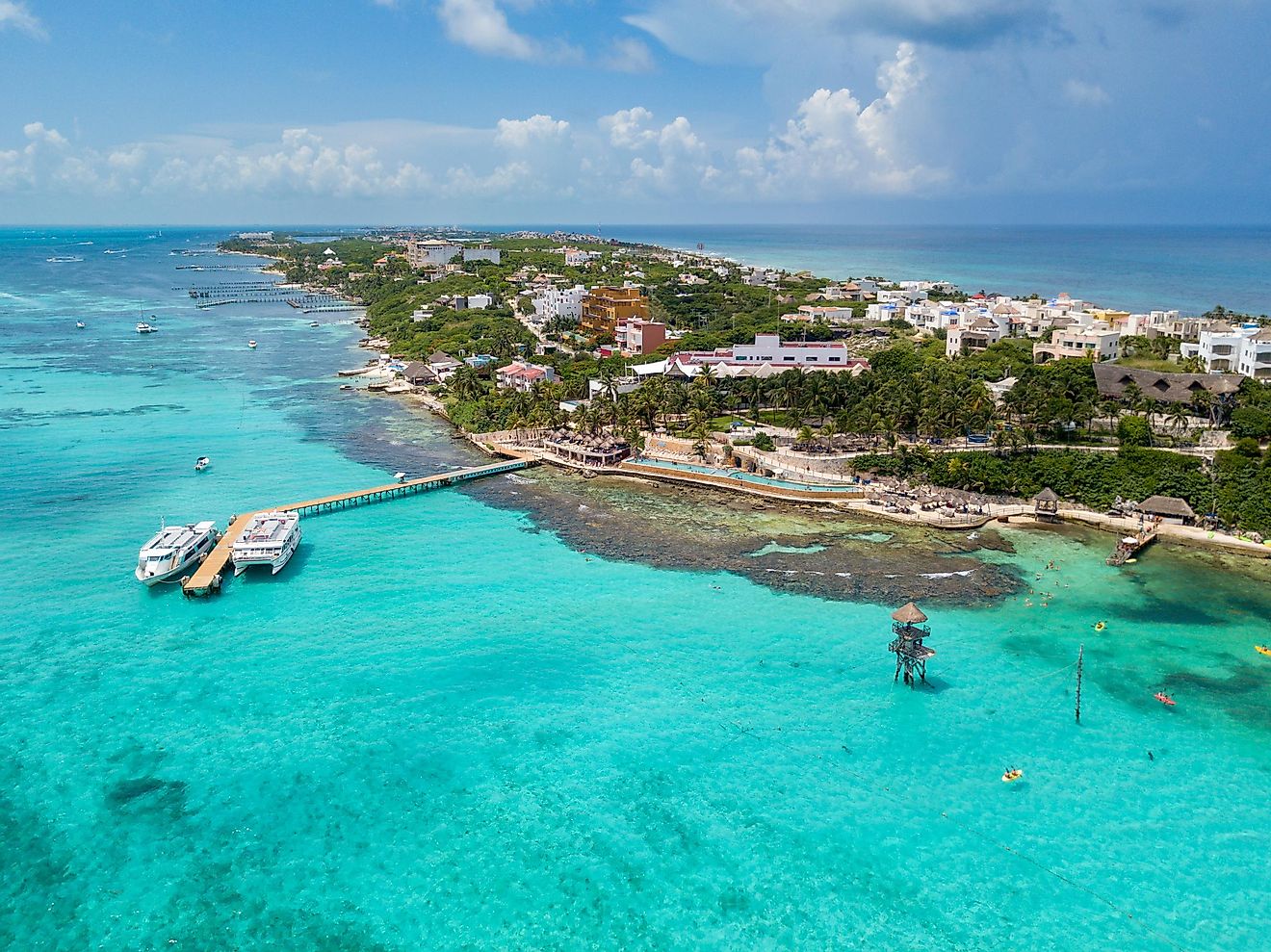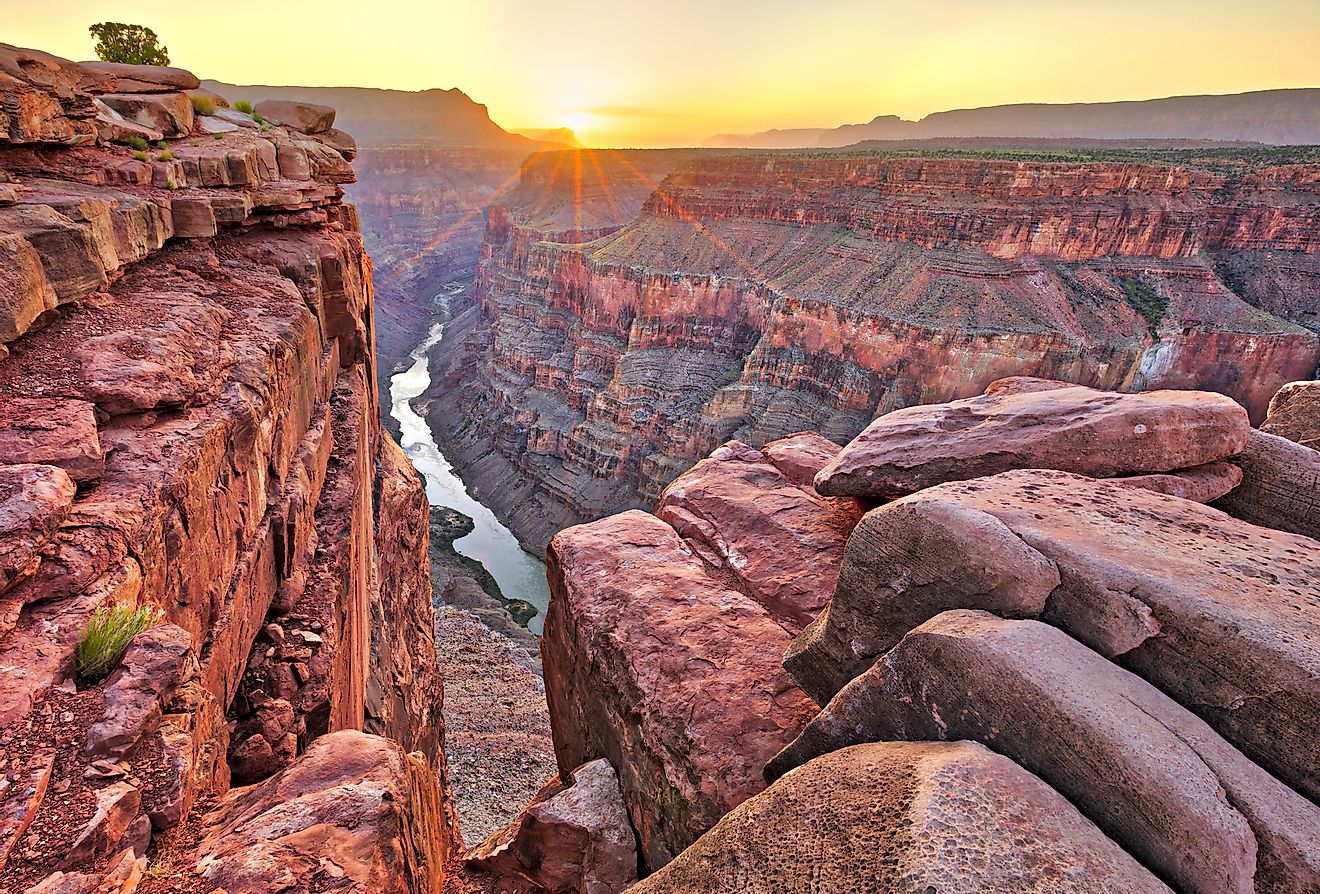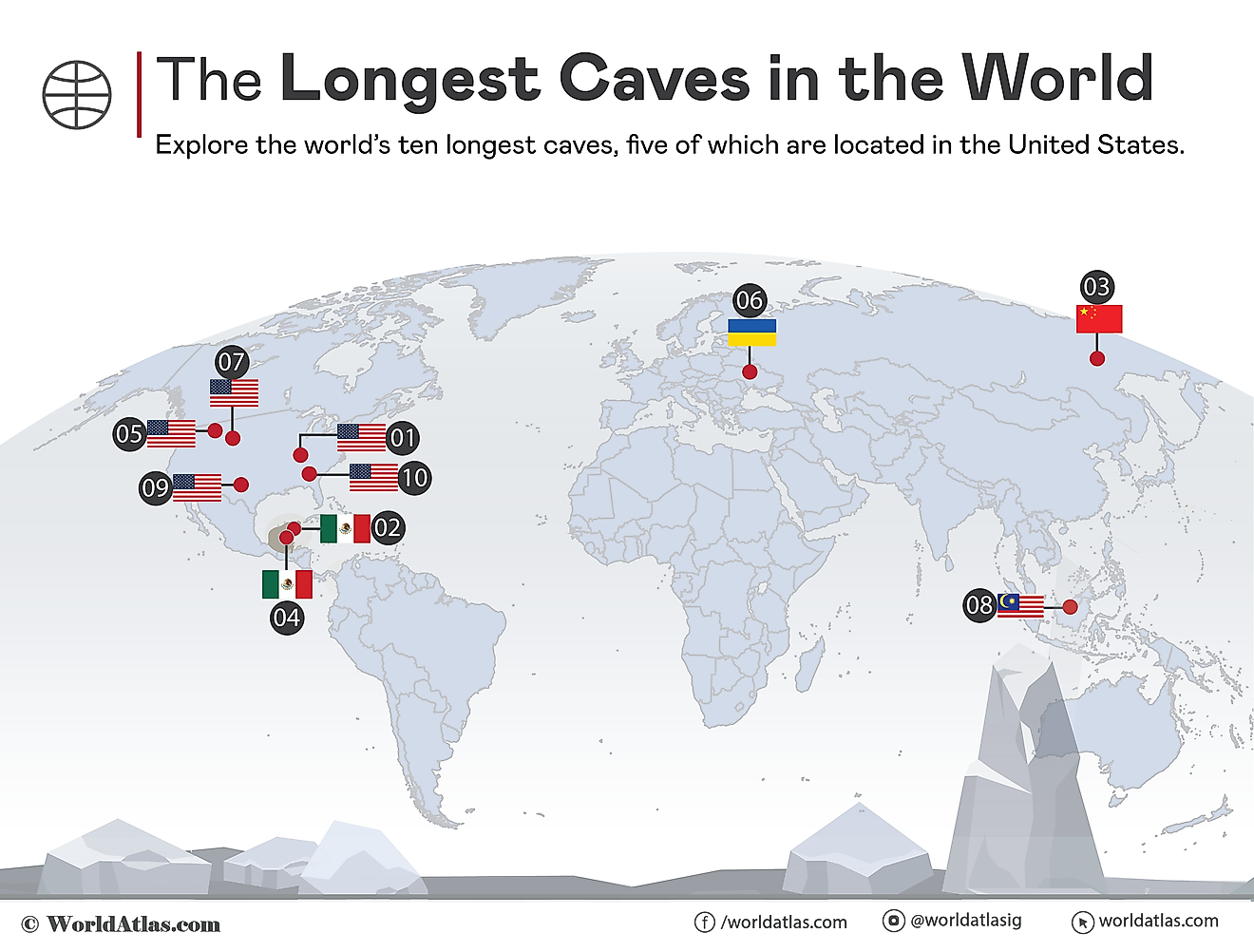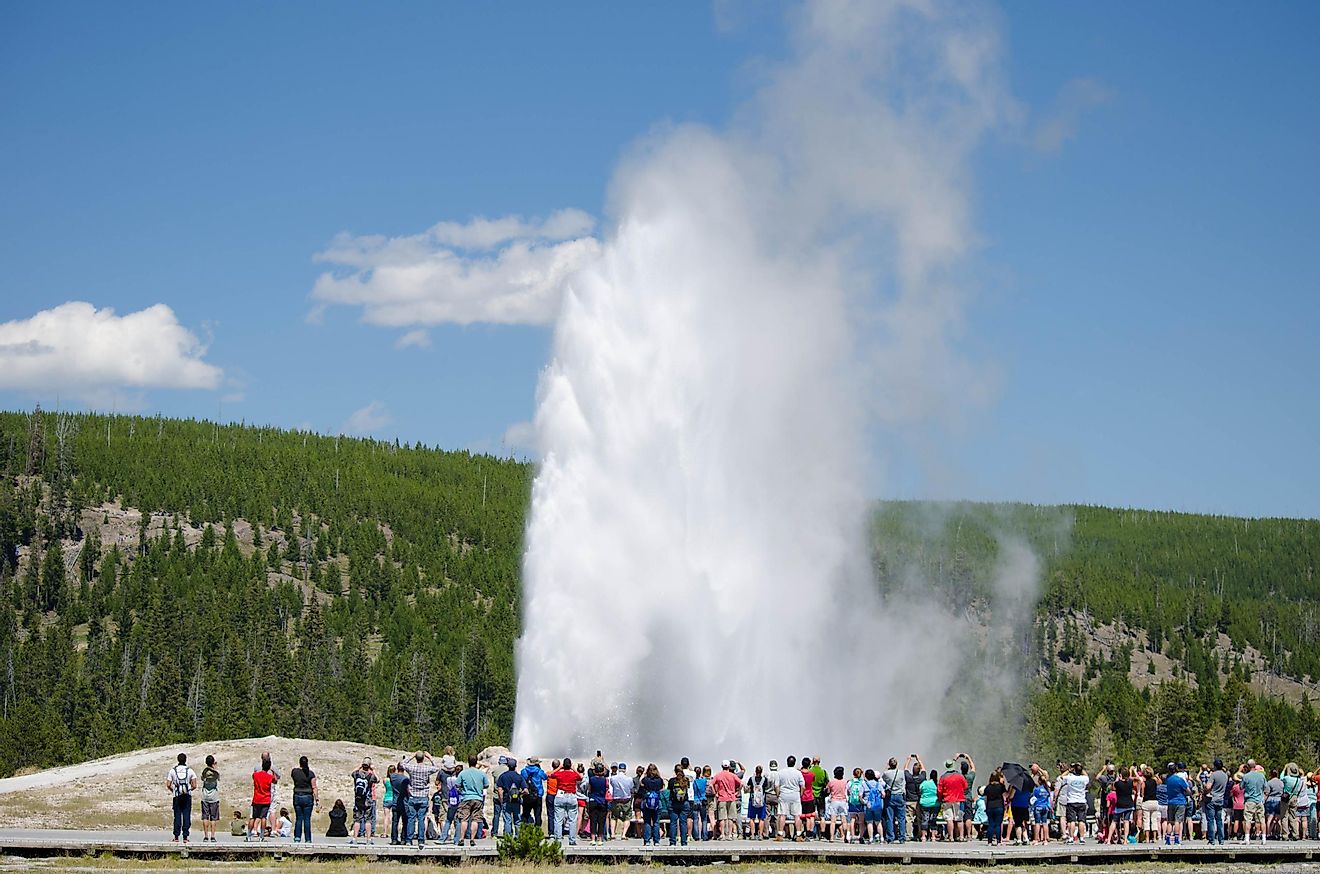
Santa Rosa Mountains, California
Santa Rosa Mountains is a mountain range located mainly in Riverside County and along the edges of Imperial and San Diego County in California, United States. The mountain range is situated within a system of ranges that separates the southern coastal region and Los Angeles Basin from the Inland Empire and the Mojave Desert. Santa Rosa mountains run for about 48 km and contain several notable peaks such as Combs Peak, Santa Rosa Peak, Martinez Mountain, and Rabbit Peak.
Geography Of Santa Rosa Mountains

The mountain range runs parallel to the central part of the Santa Ana Mountains to the west. Santa Rosa range is separated from San Mateo Canyon Wilderness and Cleveland National Forest by the arid Elsinore and Temecula Valleys.
Additionally, the Santa Rosa Mountains range is situated in a heavily mountainous section of Southern California. It is bordered to the north by the San Jacinto Mountains, home to several public recreation areas, including Mount San Jacinto State Park, the San Jacinto Wilderness, the San Bernardino National Forest, and the Santa Rosa and the San Jacinto Mountains National Monument.
The mountain range also forms the natural western terminus of San Jacinto and Coachella Valleys, which separate it from Mecca Hills Wilderness and the Salton Sea to the east and Joshua Tree National Park to the northeast. To the south, Santa Rosa Mountains are bordered by Anza-Borrego Desert State Park and its associated wilderness areas. This mountains range contains the Santa Rosa Wilderness, jointly managed by the US Forest Service and the Bureau of Land Management.
Human History In Santa Rosa Mountains
For thousands of years, the Santa Rosa Mountain region was home to the Santa Rosa Band of Cahuilla Indians and their ancestors. The first European to venture into the Santa Rosa Mountains was Juan Bautista de Anza in 1774 during his expedition throughout the Alta California.
The Santa Rosa Mountains are visited less often than the San Jacinto Mountains to the north. However, the range still features many outdoor recreation opportunities and hiking, particularly within the Santa Rosa Wilderness, established through the California Wilderness Act in 1984.
Flora And Fauna Of The Santa Rosa Mountains

Due to extreme dryness, the Santa Rosa Mountains do not form a sky island like the San Bernardino Mountains and the San Jacinto Mountains to the north. Instead, the mountain range is mostly montane chaparral and woodlands at a higher elevation and California desert scrub on the eastern edge and lower elevations.
The landscape is dominated by scrub oak, chamise, manzanita, and various oak species in the woodlands and montane chaparral. There are also mixed evergreen forests of ponderosa pine, Jeffrey pine, and western juniper above 1,400 meters. Drought-resistant plants such as scrubs cover the region at lower elevations.

Additionally, the range is home to many natural oases along the eastern edge of the mountains, where hikers and visitors can see the California fan palm, California’s only native palm tree. The mountains are also home to Ovis canadensis nelson, the Peninsular desert bighorn sheep, an endangered subspecies of bighorn sheep that is endemic to the area.
Geology Of The Santa Rosa Mountains
The Santa Rosa Mountains and their neighbor, the San Jacinto Mountains, are mostly made of granite rocks from the California Batholith, a single huge block of granites covering around 2,414 km of land from Baja California to the Sierra Nevada.
The range formed during the Mesozoic around 100 million years ago as the Pacific Plate began to subduct under the North American Plate. This process led to the creation of much of the igneous rock, which we can observe in the region nowadays, in addition to the highly metamorphosed mahogany-colored sedimentary rocks near Palm Springs.
Santa Rosa Mountains themselves began to form around 50 million years ago during the middle Cenozoic due to the increasing pressure from tectonic plate movement.
